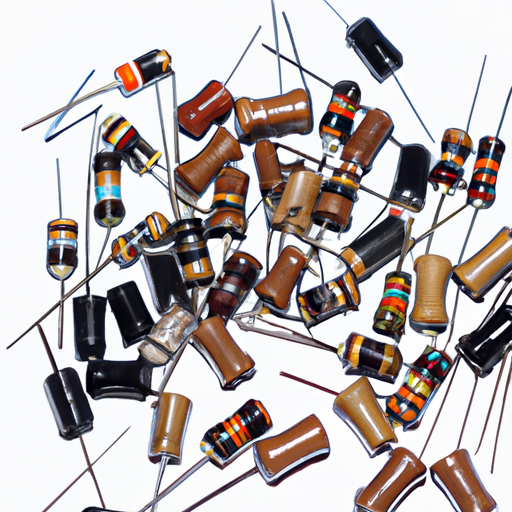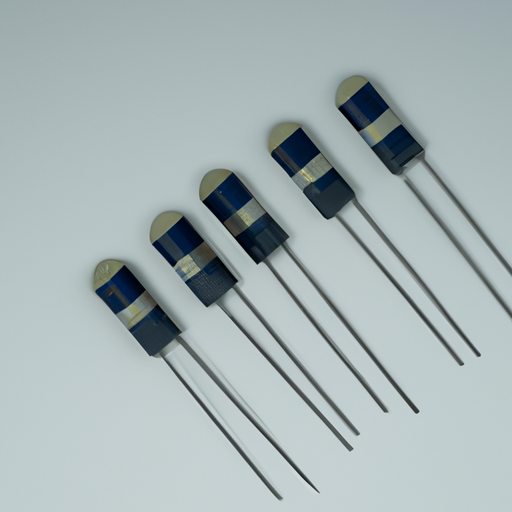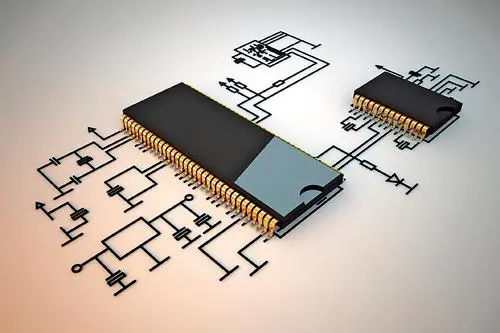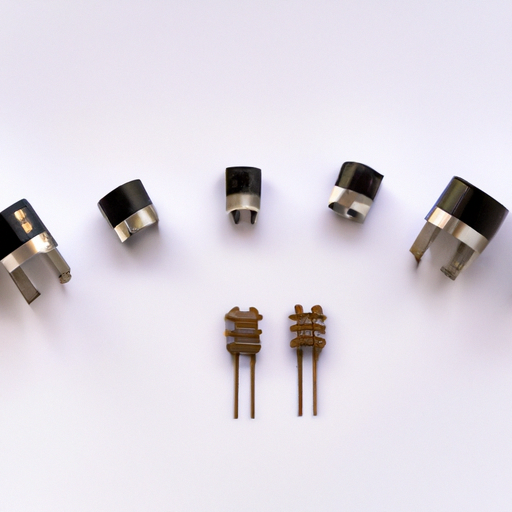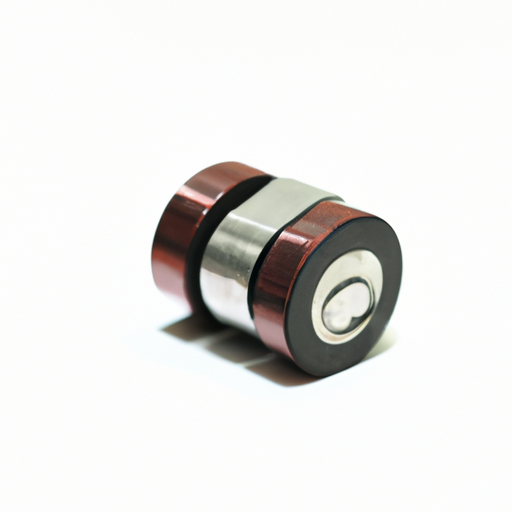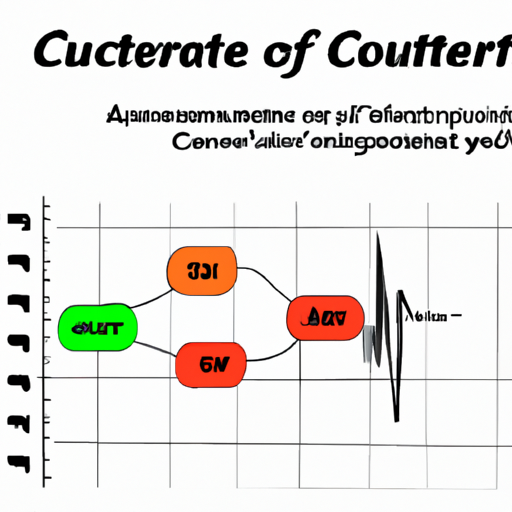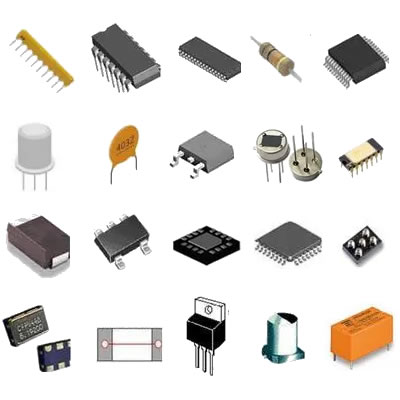What are the price of popular inductor pictures of spot products?
What are the Prices of Popular Inductor Pictures of Spot Products?
I. Introduction
Inductors are fundamental components in electronic circuits, playing a crucial role in energy storage, filtering, and signal processing. As the demand for electronic devices continues to grow, understanding the pricing of inductors becomes increasingly important for manufacturers, engineers, and hobbyists alike. This article aims to provide a comprehensive overview of inductor pricing, exploring the various factors that influence costs, the types of inductors available, and where to purchase them.
II. Understanding Inductors
A. What is an Inductor?
An inductor is a passive electronic component that stores energy in a magnetic field when electrical current flows through it. The basic principle of inductance is that a changing current creates a magnetic field, which can induce a voltage in the same or nearby circuits. This property is utilized in various applications, making inductors essential in modern electronics.
1. Basic Principles of Inductance
Inductance is measured in henries (H), and the amount of inductance depends on several factors, including the number of turns in the coil, the core material, and the coil's geometry. The relationship between voltage, current, and inductance is described by Faraday's law of electromagnetic induction.
2. Types of Inductors
Inductors come in various types, each suited for specific applications:
Air Core Inductors: These inductors use air as the core material and are typically used in high-frequency applications due to their low losses.
Iron Core Inductors: These inductors use iron as the core material, providing higher inductance values and better energy storage but with increased losses at high frequencies.
Ferrite Core Inductors: Ferrite cores are made from a ceramic material that offers high magnetic permeability, making them ideal for RF applications and power supplies.
B. Applications of Inductors in Electronic Devices
Inductors are used in a variety of applications, including:
1. Power Supplies
Inductors are critical in switching power supplies, where they help regulate voltage and current, ensuring stable operation.
2. Filters
Inductors are used in filters to block high-frequency signals while allowing low-frequency signals to pass, making them essential in audio and communication systems.
3. Transformers
Inductors are the building blocks of transformers, which transfer electrical energy between circuits through electromagnetic induction.
4. RF Applications
In radio frequency (RF) applications, inductors are used in tuning circuits, oscillators, and impedance matching networks.
III. Factors Influencing Inductor Prices
Understanding the factors that influence inductor prices is essential for making informed purchasing decisions.
A. Material Composition
1. Core Materials and Their Impact on Cost
The choice of core material significantly affects the cost of inductors. Ferrite cores, for example, are generally more expensive than air or iron cores due to their manufacturing complexity and performance characteristics.
2. Wire Gauge and Insulation
The wire gauge used in the winding process and the type of insulation can also impact the price. Thicker wires can handle higher currents but may increase costs.
B. Manufacturing Processes
1. Hand-Wound vs. Machine-Wound Inductors
Hand-wound inductors are often more expensive due to the labor involved, while machine-wound inductors can be produced at a lower cost but may have less precision.
2. Quality Control and Testing
Inductors that undergo rigorous quality control and testing processes tend to be priced higher due to the assurance of reliability and performance.
C. Size and Specifications
1. Inductance Value
Higher inductance values typically correlate with higher prices, as they require more material and more complex manufacturing processes.
2. Current Rating
Inductors designed to handle higher currents are generally more expensive due to the need for thicker wire and better core materials.
3. Voltage Rating
Inductors with higher voltage ratings often come with increased costs, as they require better insulation and materials to prevent breakdown.
D. Market Demand and Supply Dynamics
1. Trends in the Electronics Industry
The demand for specific types of inductors can fluctuate based on trends in the electronics industry, affecting prices.
2. Seasonal Fluctuations
Prices may also vary seasonally, with certain times of the year seeing increased demand for specific components.
IV. Popular Inductor Types and Their Price Ranges
A. Air Core Inductors
1. Description and Applications
Air core inductors are used in high-frequency applications due to their low losses and minimal distortion.
2. Price Range and Examples
Prices for air core inductors typically range from $0.10 to $5.00, depending on the inductance value and specifications.
B. Iron Core Inductors
1. Description and Applications
Iron core inductors are commonly used in power supplies and audio applications due to their high inductance values.
2. Price Range and Examples
Prices for iron core inductors generally range from $0.50 to $20.00, influenced by the core size and inductance.
C. Ferrite Core Inductors
1. Description and Applications
Ferrite core inductors are ideal for RF applications and power supplies, offering high efficiency and low losses.
2. Price Range and Examples
Ferrite core inductors typically range from $0.30 to $15.00, depending on the specifications and manufacturer.
D. Specialty Inductors
1. High-Frequency Inductors
These inductors are designed for specific high-frequency applications and can range from $1.00 to $30.00.
2. Power Inductors
Power inductors, designed for high current applications, can range from $0.50 to $25.00, depending on their specifications.
V. Spot Products and Their Pricing
A. Definition of Spot Products in the Context of Inductors
Spot products refer to components that are available for immediate purchase and delivery, often at fluctuating prices based on current market conditions.
B. Overview of Popular Spot Products in the Inductor Market
Popular spot products include standard inductors from well-known manufacturers, which are readily available through various suppliers.
C. Price Analysis of Selected Spot Products
1. Comparison of Prices Across Different Suppliers
Prices for the same inductor can vary significantly across suppliers, making it essential to compare options before purchasing.
2. Factors Affecting Spot Pricing
Spot pricing can be influenced by supply chain issues, demand spikes, and market trends, leading to price volatility.
VI. Where to Buy Inductors
A. Online Marketplaces
1. Major Platforms (e.g., Digi-Key, Mouser, Amazon)
These platforms offer a wide range of inductors, often with competitive pricing and detailed specifications.
2. Price Comparison Tools
Utilizing price comparison tools can help buyers find the best deals on inductors.
B. Local Electronics Suppliers
1. Advantages of Purchasing Locally
Buying from local suppliers can provide immediate access to components and the opportunity for personalized service.
2. Potential for Negotiation on Bulk Orders
Local suppliers may be more willing to negotiate prices for bulk orders, providing cost savings.
C. Manufacturer Direct Sales
1. Benefits of Buying Directly from Manufacturers
Purchasing directly from manufacturers can lead to lower prices and access to custom inductor options.
2. Custom Inductor Options
Many manufacturers offer custom inductors tailored to specific applications, which can be beneficial for specialized projects.
VII. Conclusion
Understanding the pricing of inductors is essential for anyone involved in electronics, from hobbyists to professionals. By considering the various factors that influence prices, the types of inductors available, and where to purchase them, buyers can make informed decisions that align with their needs and budgets. Staying updated on market trends and pricing changes will further enhance purchasing strategies, ensuring access to the best components for any project.
VIII. References
- Electronics Component Manufacturers' Websites
- Industry Reports on Inductor Pricing Trends
- Online Marketplaces for Price Comparisons
- Technical Journals on Inductor Applications and Innovations
This comprehensive overview of inductor pricing aims to equip readers with the knowledge necessary to navigate the electronics market effectively. Whether you're designing a new circuit or sourcing components for a project, understanding the nuances of inductor pricing will help you make informed decisions.

